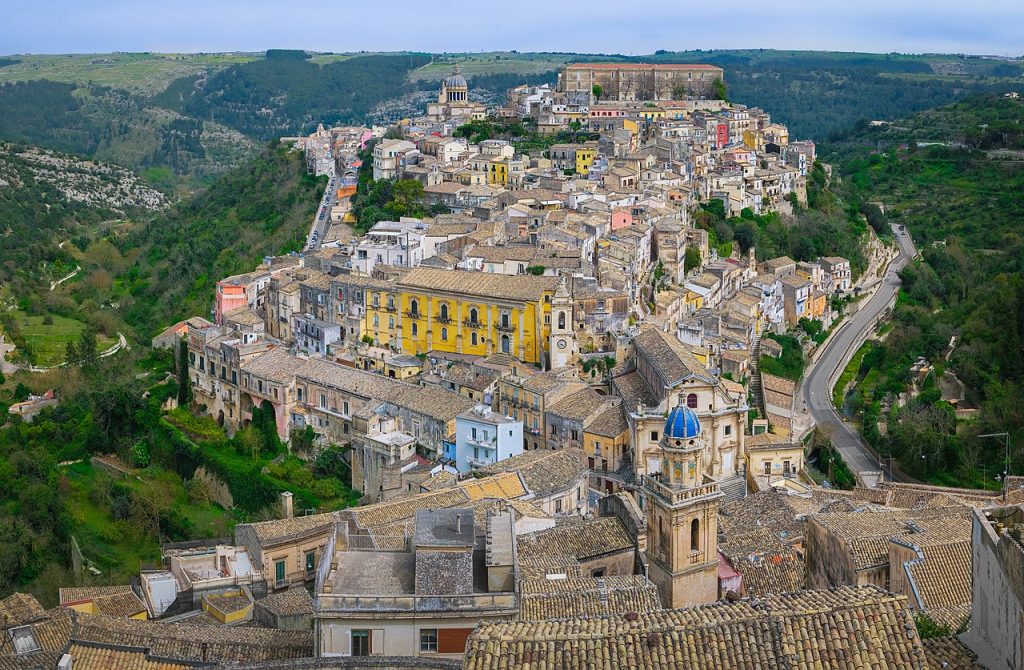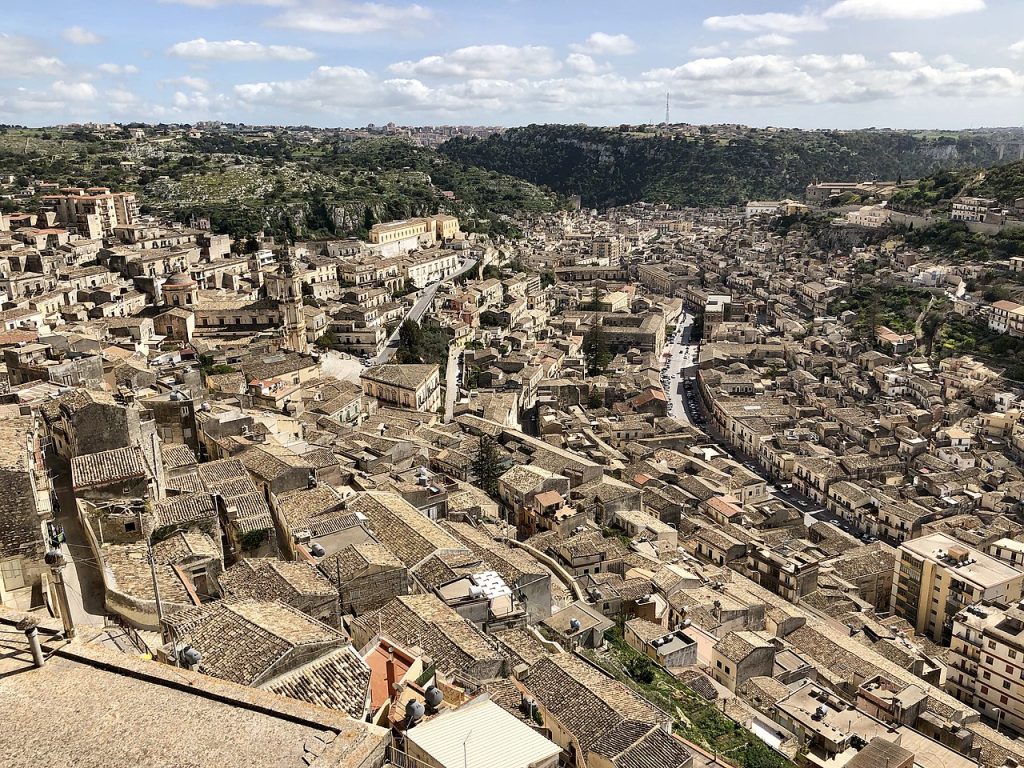Linosa is an island in Italy belonging to the archipelago of the Pelagie islands, in Sicily. It has an area of 5.43 km² and is 42 km NE from Lampedusa, together with which it forms the municipality of Lampedusa and Linosa which counts 6.304 inhabitants in Agrigento district. The island is mentioned by the Greek Strabone and later by Pliny the Elder in the Naturalis Historia as Aethusa, Αἰθοῦσσα and Algusa, Ἀλγοῦσσα in Greek. The name Lenusa appears in XVI century by the Dominican Tommaso Fazello. The name Linosa instead was born in 1845 used by the knight Bernardo Maria Sanvinsente.
Linosa has an extension of 5.4 km² and is located at the center of the Mediterranean Sea 160 km south of Sicily and 160 km east of Tunisia.
In ancient times it was a refuge for those who crossed the Mare nostrum: it is certain that the Romans used it during the Punic Wars as a base, and their remains remain in the 150 cisterns built to collect rainwater; furthermore, the depths of the surrounding sea are full of the contents of ships of the time, which have been wrecked over the centuries. The Carthaginian and Roman dominations followed the Arab-Saracen, the Norman and then the Angevin and then the Aragonese. After this last historical period, the island remained uninhabited and served as a makeshift port of Mediterranean piracy.
In 1555 a part of the fleet of Charles V returning from the victory of Tunisia against the Turks, was surprised by a strong storm and some ships shipwrecked on the rocks of Linosa.
In 1630 the king of Spain granted the family of the Tomasi the title of Prince of Lampedusa and therefore the dominion over Linosa. In 1776 one of the Princes Tomasi advised the King of Naples to sell the islands to the British, who were very interested in their strategic value, but the King did not grant it and bought them from the Prince himself.
In 1843 Ferdinando II di Borbone, King of the Two Sicilies, commissioned the knight Bernardo Maria Sanvinsente, who was frigate captain, to colonize the islands. This happened on 22nd September 1843 in Lampedusa. For Linosa it will be expected on 25th April 1845, when a first group of thirty people, composed of some families of skilled craftsmen from Ustica, Agrigento and Pantelleria (including a mayor deputy, a priest and a doctor), landed on the island. The settlers had been recruited with public announcement and would have received a pay of three Tarì a day and free use of 80 bodies of Linosa land (about 240 hectares).
Few were the attentions dedicated to the island from the subsequent Kingdom of Italy and only with the beginnings of the sixties of the XX century, Linosa begins to change its face: the first technical innovations come along with a tourist development. In 1963 SIP installed the first telephone exchange, in 1967 a power plant operated by SELIS began operating. In 1968 the new kindergarten building was inaugurated, dedicated to Pietro Taviani, as well as that of the elementary and middle school. In 1983 the construction of the desalter ensured a continuous supply of drinking water. In 1976 also the RAI arrives on the island which installs a repeater for the first and second channel, four years later the Mediaset networks also arrive. Later the dock piers were built at Scalo Vecchio, Pozzolana di Ponente and Mannarazza. Only in 1985 the ferry boat Paolo Veronese could dock at the quay of Scalo Vecchio.
The island has acquired over the years a liveability more than decent, despite many services are still to be improved.

